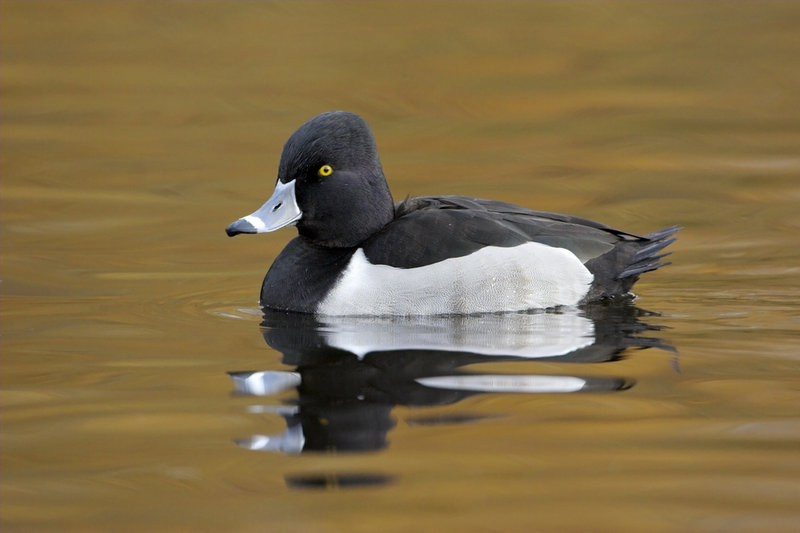What’s in a name? As far as the common names of North American birds are concerned, a lot of history is in a name. However, that history often contains misleading or, in some cases, inaccurate information.
The idea for this column came while looking for American tree sparrows recently on the Waterville Christmas Bird Count. The sparrows are usually either on the ground or in short shrubbery, like any self-respecting sparrow.
American tree sparrows do nest on the tundra’s edge, where there are scattered trees. True tundra is treeless. Throw in a tree or two at the edge of the tundra and you have a suitable nesting area for these birds.
From the time of the first ornithologists in North America, like John James Audubon, Alexander Wilson and Mark Catesby, until well into the 1900s, ornithology was practiced with the aid of a shotgun rather than binoculars and spotting scopes. Bird identification was done using stuffed specimens, which were (and still are) stored in cabinets with drawers.
The stuffed specimens are typically stored with the upper side of the bird down. When a person pulled out a drawer to study the specimens, the underside of the bird would be seen first.
The initial focus on the underside of a bird has resulted in some rather curious common names for birds. One of our most common breeding ducks is the ring-necked duck. Yet, how many have seen a ring around the neck of this duck? I know I rarely see this mark out in the field.
A male in breeding plumage has a dark chestnut collar around the lower part of the neck. This characteristic would be seen by ornithologists pulling out a drawer of ring-necked ducks lying on their backs, but this characteristic is not very useful for field identification. I think ring-billed duck would be a better common name.
The red-bellied woodpecker is a common bird throughout the southeast quarter of North America. The species is expanding northward and has become a not quite common part of the Maine avifauna.
If you look at a picture of a red-bellied woodpecker, you see a bird with a striking ladder-backed dorsal surface and bright red on the nape and top of the head. The red belly is hard to see in the field. It’s typically hard to see any woodpecker’s underside in the field. But the belly is in fact tinged with red and that feature was obvious to museum ornithologists.
The evening grosbeak has one of the most curious and misleading common names. This large, colorful finch is active throughout the day and goes to roost in the evening like other members of the finch family. The common name commemorates the erroneous description made by a Major Delafield, a U.S. boundary agent in 1823:
“At twilight, the bird which I had before heard to cry in a singular strain, and only at this hour, made its appearance close by my tent, and a flock of about half a dozen perched on the bushes in my encampment. My inference was then, and is now, that this bird dwells in such dark retreats, and leaves them at the approach of night.”
Other common names give misleading indications of the distribution of a species. The Cape May warbler breeds around the margins of bogs in the northern tier of states as far west as Minnesota and throughout much of the eastern two-thirds of Canada. To see this species in Cape May, N.J., you would need to visit in late spring or, better yet, early fall, when these birds are migrating through between northern breeding grounds and wintering grounds in the West Indies.
The common name simply represents the site where the first museum specimen (called the type specimen) of this bird was collected.
In similar fashion, you have little chance of seeing the Tennessee warbler or Nashville warbler in Tennessee except during migration. Don’t look for breeding Philadelphia vireos in Pennsylvania or Connecticut warblers in Hartford. The type specimens for all of these birds were taken during migration season in the locality commemorated by the common name.
The palm warbler has one of the northernmost breeding ranges of all our warblers. So, why then is the palm warbler named after a tropical tree?
In this case, the bird is named after its preferred habitat during the wintering season. Palm warblers winter in Florida, along the Gulf Coast and in the West Indies, where they often are associated with palm trees.
Herb Wilson teaches ornithology and other biology courses at Colby College. He welcomes reader comments and questions at:
whwilson@colby.edu
Send questions/comments to the editors.



Success. Please wait for the page to reload. If the page does not reload within 5 seconds, please refresh the page.
Enter your email and password to access comments.
Hi, to comment on stories you must . This profile is in addition to your subscription and website login.
Already have a commenting profile? .
Invalid username/password.
Please check your email to confirm and complete your registration.
Only subscribers are eligible to post comments. Please subscribe or login first for digital access. Here’s why.
Use the form below to reset your password. When you've submitted your account email, we will send an email with a reset code.